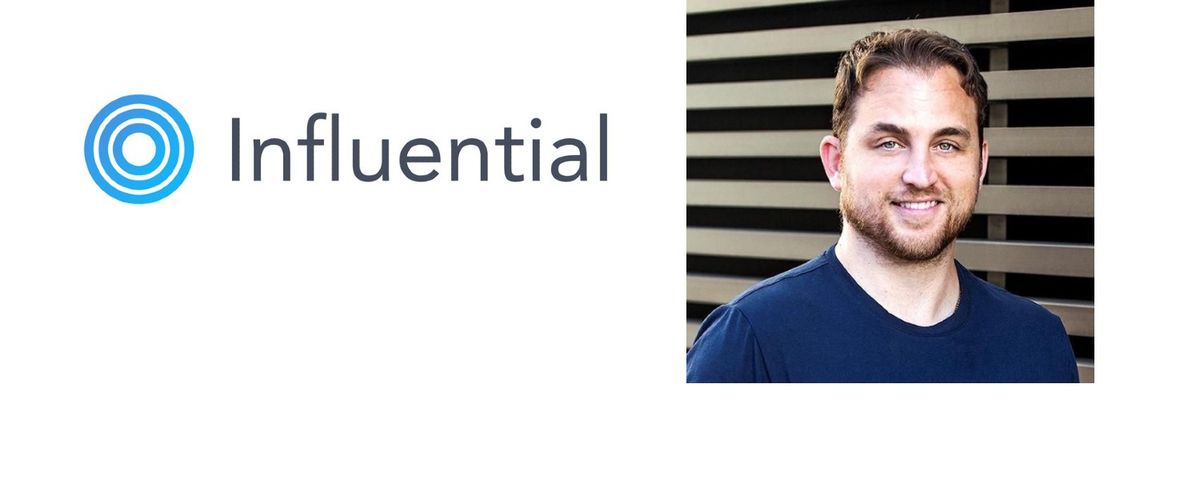Ryan Detert, CEO of technology platform Influential, tells us how brands can best utilise influencers in a time of crisis, the opportunities for influencer-brand collaborations, and how the coronavirus has changed consumer attitudes and consumption patterns.
How has COVID-19 changed the role of influencers from your perspective?
Influencers have become more relevant than ever since the beginning of the pandemic, as brands need credible voices to help reach to reach their customers at scale and influencers are now much more highly engaged, as digital consumption has increased substantially and consumers spend more time on social platforms than ever.
Their tone and style of content has also changed significantly during this time. In the absence of events and travel, influencers can no longer depend on FOMO-inducing events and exotic locales. Many have also become more uplifting and motivational. In a time where people are holed-up in quarantine and frustrated, influencers have had to act as a welcome diversion.
Have brands’ attitudes towards influencers changed at all? What trends are you noticing in regards to this?
Brands have embraced influencers more during this time because they can get content out quickly and they are a highly trusted source. According to research, 81% of consumers would rather be served content via an influencer, rather than a brand’s owned and operated handle.
As a result, brands who may have been more wary of influencers have instead leaned in on influencer marketing and are realizing that it is one of the most cost-effective ways to target an audience, at scale.
What ways can brands best utilise influencers in times of crisis?
The tone of the current time lends itself to “feel good” messaging and philanthropy-based altruistic campaigns. Identifying and hiring influencers who have a true affinity for the message and can speak authentically to their audience, allows brands to effectively reach large audiences, at scale.
They can also best leverage the use of influencers by adding paid media spends behind the native posts that they do. The algorithm on most major platforms limits visibility and engagement greatly, so brands need to spend behind each post to make sure that they maximize engagement.
As the USA “reopens,” what opportunities are there for influencer-brand collaborations?
While the country is in the process of opening, full-scale content production will take time to get back to normal, leaving influencers as one of the quickest, easiest and most cost-effective methods to create content.
Also, as businesses open back up, influencers are an ideal resource for marketers to get the word out about their reopening, as well as any sorts of promotions or sales that they looking to create awareness for.
In one way or another, the coronavirus has changed consumer attitudes and consumption patterns. How are these changes reflected in data sources?
Social consumption is up by nearly 25% as a result of the pandemic and consumers are constantly looking for things to help sustain them or entertain them, during these times. We are seeing 30% higher ROAS for DTC/e-commerce via influencers boosted by paid media.








